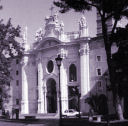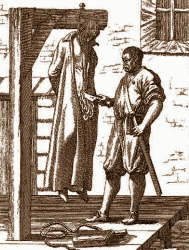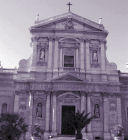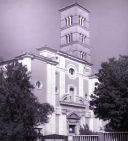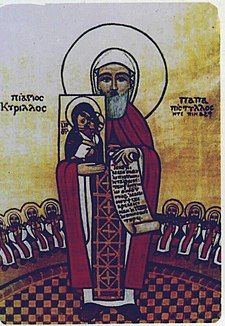MAGNIFICAT com February 2013
I believe in the forgiveness of sins
- The parable of the prodigal son (Lk 15:11-32) is often read as evoking the destiny of Israel (the elder son, faithful) and of the pagan nations (the prodigal son, pardoned). This theme was one of Guercino’s favorite subjects. In this version, however, which is intent on communicating the teaching of the recent Council of Trent about the sacrament of confession, the painter does not hesitate to take some liberty with the Gospel text. Here Guercino depicts a prodigal son, a serious sinner certainly, but the image of a good Catholic who goes to confession with sincere contrition, weeping over his sin in the arms of divine mercy. At first his tears are those of remorse, but soon they become tears of happiness at being reconciled with God and at regaining his place as an active member of the Church.
- On the literal level, this parable presents us rather with the figure of a hardened sinner, even including the motives for his returning home: the prodigal son decides to return not because he finally renounces his dissolute life, but because he lacks the means to sustain it any longer. He does not experience contrition, but rather a trivial attrition, for his firm resolution is not so much to convert as to keep from starving to death. Nonetheless, during the course of his pilgrimage back to his paternal homeland, we can imagine the stirrings of a true conversion at work in his soul. In any event, not only does his father run forth and tenderly embrace him, not only does he re-establish his dignity as son and heir, but he goes so far as to mobilize his whole Kingdom for a feast in his honour! The supreme love of the Father is ever on the lookout for his wayward children, eager to welcome them back home. Now, let us consider our own cruelty when we force his infinite tenderness to spend an eternity, so to speak, watching and waiting for us to return from the land of sin…
- In this Year of Faith, when we profess, “I believe in the forgiveness of sins
and in life everlasting,” let us be guided by this parable, toward a keener
understanding of what the forgiveness of sins means in the Father’s plan of
divine mercy.
Pierre-Marie Dumont.
The Return of the Prodigal Son
(detail), Giovanni Francesco Barbieri, called Guercino (1591-1666), Diocesan
Museum, Wloclawek, Poland.
© Alinari / The Bridgeman Art Library.



